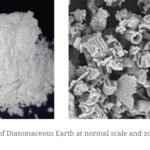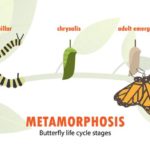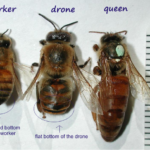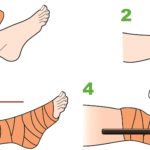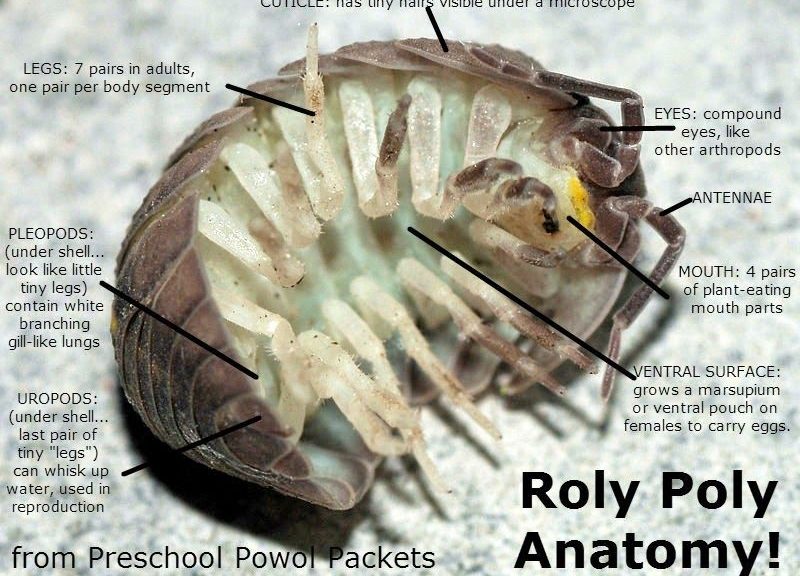
Interesting Facts About Woodlice (Slaters/Pill Bugs/Rollie Pollies/Roly Polies)
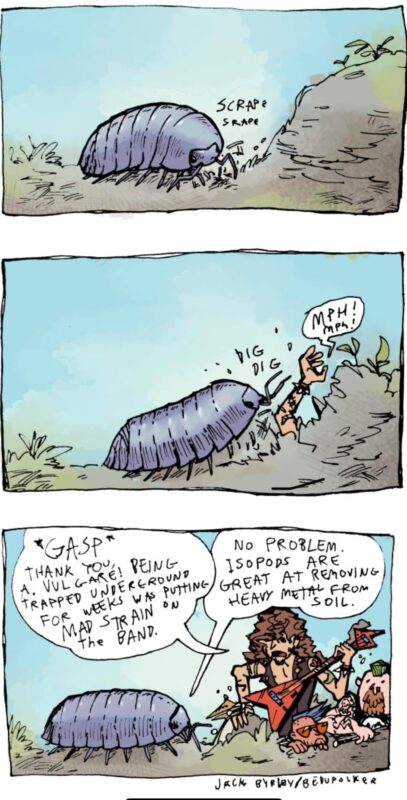
The nocturnal crustaceans have seven pairs of legs, segmented sections like a lobster’s tail and prefer humid environments.
Being the only land crustacean they can survive up to 30% dryness. (Click here if you’re want to know how to cook them :oO)
They eat rotting vegetation and help return nutrients to the soil for plants to feed on, so they’re not pests.
Even though they’re called bugs, they are more related to shrimp and crayfish.
Because of this they breathed through their gills to exchange gasses and need moist environments. They will die if submerged in water.
Like arthropods, they grow by moulting the exoskeleton in 2 parts. First, the back half splits and comes off. The front sheds a few days later so if you see a half pink pillbug, it is in the middle of moulting.

Mothers have a pouch on their underside called the marsupium where they carry eggs. The eggs hatch and the babies stay in the pouch for a while before exploring the world.
They can tolerate ammonia which passes through the exoskeleton so they don’t need to urinate.
Even though they can drink from the mouth, their butts have straws called uropods which can do the same thing.
They practice coprophagy which is eating their own poop because the poop contains important elements like copper which it needs.
If they contract viral infections they’ll turn blue because the iridovirus reflects the cyan colour.
Their blood appears blue because of hemocyanin which contains copper.
They can survive contaminated soil unlike other bugs because they can crystallise heavy metal ions midgut like copper, zinc, cadmium, arsenic and lead. This cleans up soil and purifies contaminated water.
They can absorb moisture from the air especially if the humidity reaches above 87%.
Babies start out with 6 pairs of legs and after the first moult, they grow the 7th pair.
They speed up the decomposing process by processing decaying matter. Any gardener would be happy to see them in the garden. They return organic matter to the soil so it can be digested further by fungi, protozoans and bacteria. Just don’t introduce them in the garden too early or they’ll munch on the young plants too.
Bonus: Nature Miracle Oniscidae
How to cook woodlice … because they taste like shrimp :o))))